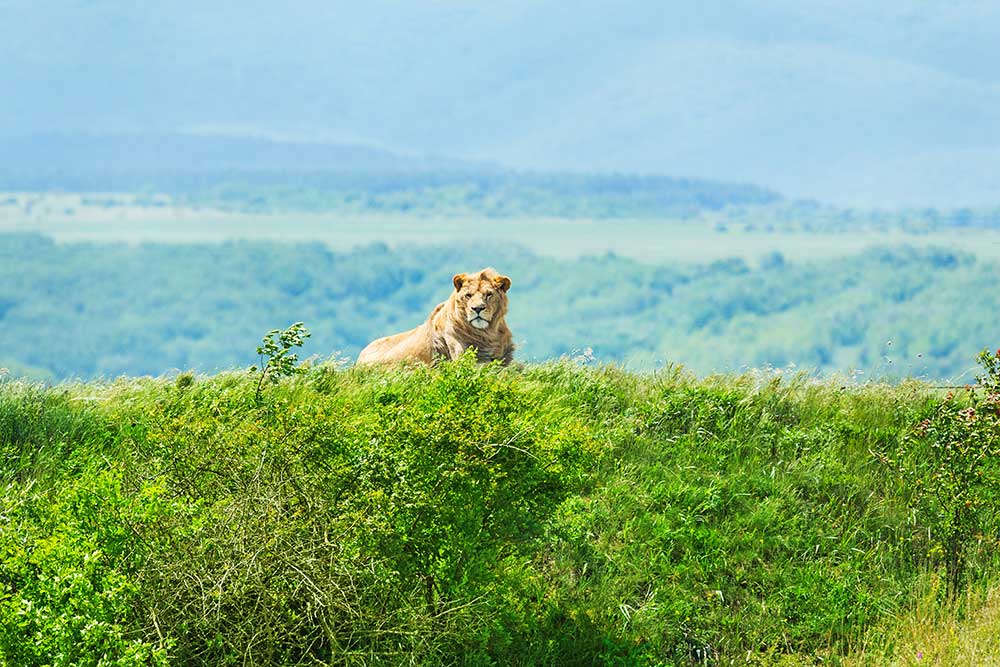Social media has recently been rife with anti-hunt sentiment, especially surrounding lion hunting and matters concerning trophy hunting.
It all started with the Cecil debacle and from there the whole situation, very quickly, went viral. So much so, that every “Tom, Dick and Harry” felt the need to publicly voice their “concern” over nature and how bad hunters and all things related to hunting are. Since this fateful event, there has been many calls to end trophy hunting once and for all. This, however, has had an unfortunate ripple effect for many African situated conservancies that have seen a loss in funding to help them adequately cover their conservation costs and expenses. One such conservancy, the Bubye Valley Conservancy, also situated in Zimbabwe, is now considering something controversial. Something involving lions, at a much greater scale than just one lion. In fact, it involves 200, wild, free roaming lions in an area where they are becoming a very real problem for the rest of the wildlife they share the conservancy with.
Bubye, is looking at culling around 200, of roughly a population of 500 lions as a way to ensure the biodiversity of the reserve. The keyword here, is biodiversity.
This, once again, has now placed a spotlight on the whole hunting vs. conservation debate which will only result in animals being killed without generating any form of funds or profits that can assist with the management fees involved in preserving such areas.
This sad sate of affairs sparked a National Geographic reporter, Michael Schwartz, to investigate further and he went straight to the source for answers. Speaking to Dr. Byron du Preez, a Bubye Valley Conservancy project leader & member of the Wildlife Conservation Research Unit (WildCRU), in the Department of Zoology at Oxford University, clearer answers were sought around this issue, but Dr. dr Preez gave greater insight than just that.
This is a rather intriguing article and without diluting any facts, we recommend reading the full article.

